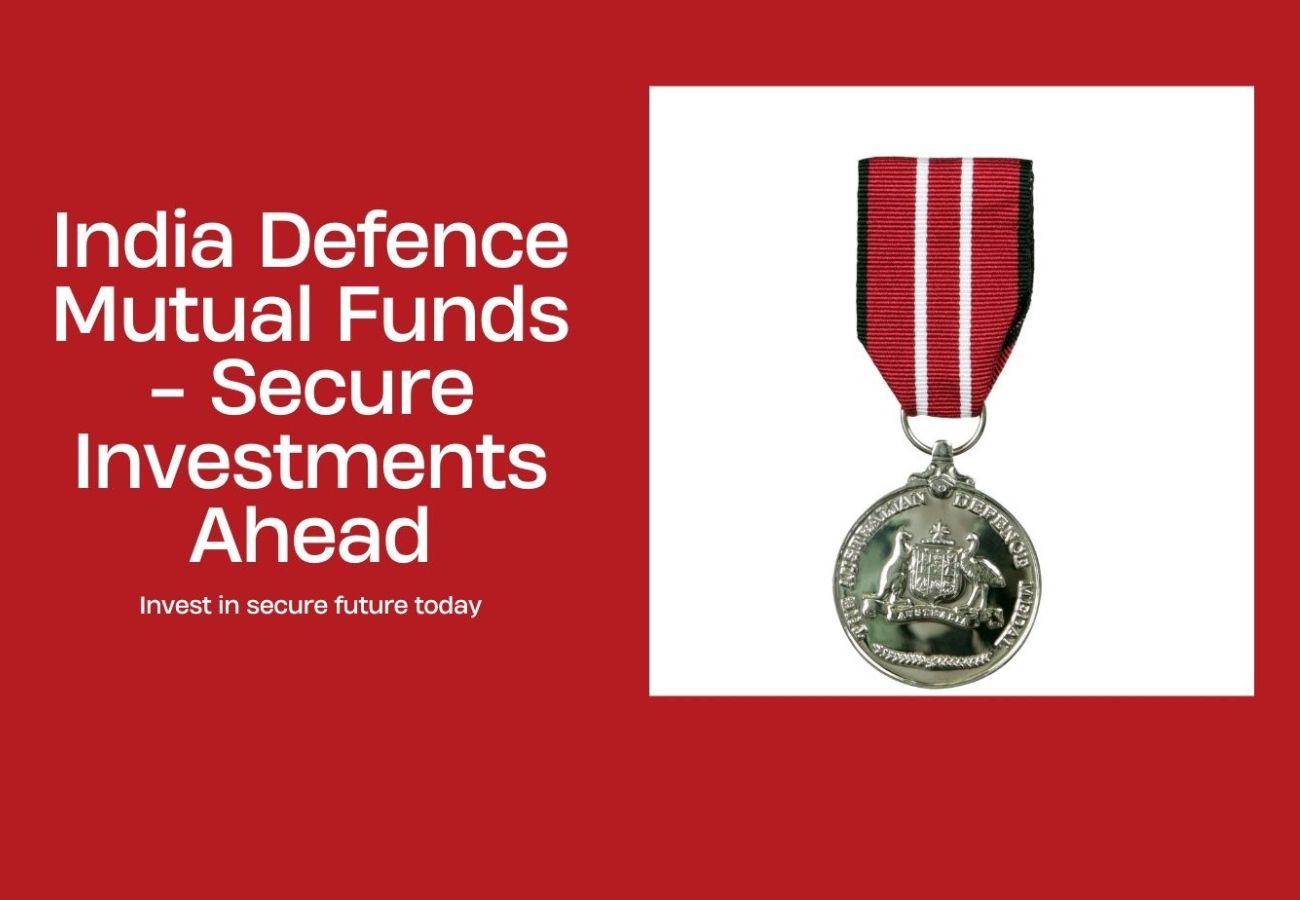India Defence Mutual Funds: Opportunity or Overhyped Trend
Introduction: In recent times, defence-based mutual funds have gained significant popularity among investors, with many portfolios now featuring such funds. This rise in interest can be attributed to the increasing focus on India’s defence sector, which has been bolstered by government initiatives and a growing belief in the potential profitability of defence-oriented companies. However, as with any investment, it’s crucial to understand the risks and benefits before diving in.
What Are Defence-Based Mutual Funds? |
||
| Defence mutual funds are a type of sectoral or thematic fund, meaning they focus on a specific sector—in this case, the defence industry. These funds invest in companies that are primarily involved in defence-related activities, such as manufacturing defence equipment, and technology, or providing services to the defence sector. Given the government’s push to boost domestic defence production, these funds have seen increased attention from investors. | ||
Top Players in the Market |
||
HDFC Defence Fund |
Motilal Oswal Nifty India Defence Index Fund |
Aditya Birla |
| Among the defence mutual funds currently available, the HDFC Defence Fund stands out as one of the most prominent. Launched on June 2, 2023, this active fund has already made a mark with impressive returns. As of July 31, 2024, the direct plan of the HDFC Defence Fund has delivered a 6-month return of around 121% and a 1-year return of 112%. The fund’s top holdings include major players like Hindustan Aeronautics Limited (HAL) and Bharat Electronics Limited (BEL), which are key components of India’s defence manufacturing ecosystem. | Another player in this space is the Motilal Oswal Nifty India Defence Index Fund. Unlike the HDFC Defence Fund, this is an index fund, which means it aims to replicate the performance of a specific index—in this case, the Nifty India Defence Index. While still relatively new, this fund also includes HAL and BEL as its top holdings. The projected returns, based on a hypothetical investment of ₹10,000, indicate strong potential, but since it hasn’t completed a full year, these are only estimates. | Joining the fray is Aditya Birla with its own defence index fund, currently available for subscription until August 23, 2024. This fund, categorized as a passive fund, has a minimum investment requirement of ₹50,00,000 and will also focus on defence-oriented products. |
Should You Invest in Defence-Based Mutual Funds? |
||
| While the numbers and potential returns might seem attractive, it’s essential to consider whether defence mutual funds are the right fit for your portfolio. These funds are inherently high-risk due to their sectoral and thematic nature. Here are some key points to consider: | ||
High Concentration Risk |
Profitability Timing |
Sectoral Flexibility |
| Defence mutual funds are highly concentrated in a specific sector. This means that if defence stocks underperform, the fund has no choice but to continue investing in them, which could lead to significant losses. Unlike diversified funds, which can switch sectors if one underperforms, defence funds are locked into their theme. | While the defence sector is expected to grow, especially with the government’s focus on ‘Make in India’ initiatives, it’s important to remember that it may take time for new companies in this sector to become profitable. Established companies like HAL and BEL may already be reaping the benefits, but newer entrants could take years to deliver substantial returns. | Diversified funds, such as flexi-cap or multi-cap funds, have the advantage of flexibility. They can invest in any sector and switch between them based on market conditions. If the outlook for defence companies dims, diversified funds can exit and invest in more promising sectors, a luxury that defence mutual funds do not have. |
Conclusion: Proceed with Caution
Defence-based mutual funds might appear lucrative, especially given their recent performance. However, investing in them should be approached with caution. They are high-risk, high-reward investments, suitable only for those with a high-risk tolerance and a keen interest in the defence sector. For most investors, a more diversified approach may be prudent, allowing professional fund managers to navigate market conditions and optimize returns across various sectors.
As always, when investing, it’s important to look ahead rather than backward. While past performance is a good indicator, it doesn’t guarantee future results. So, assess your risk tolerance, consider your investment goals, and consult with a financial advisor to determine if a defence mutual fund aligns with your portfolio strategy.
How to Use Risk vs Reward to Guide Your Stock Investments |
 Contact@sanjayghodawatuniversity.in
Contact@sanjayghodawatuniversity.in  +61 420 669 286
+61 420 669 286

1 thought on “India Defence Mutual Funds: Opportunity or Overhyped Trend”